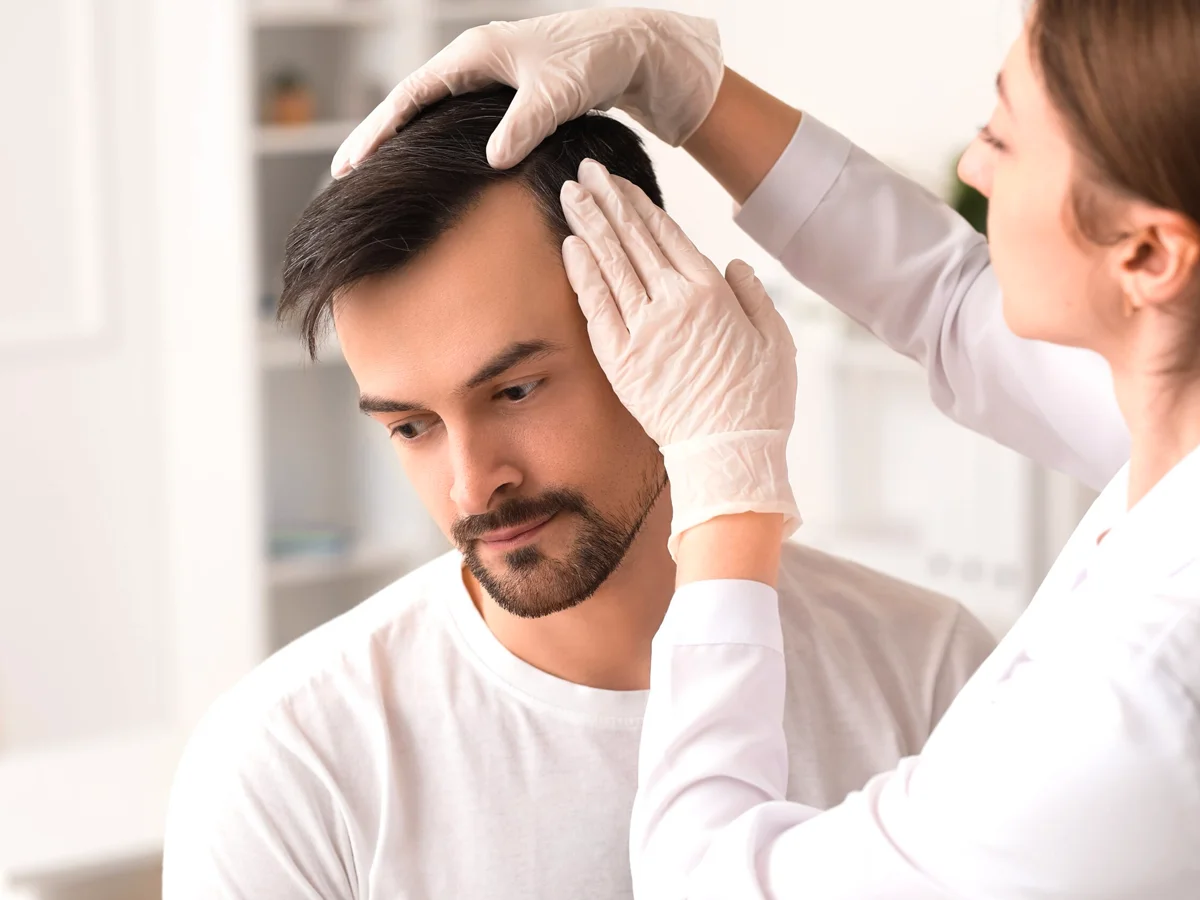Hair loss around the hairline is one of the earliest and most visible signs of androgenetic alopecia or male pattern baldness. For individuals seeking to restore their frontal hairline, one frequently asked question is, “Does hair transplant improve hairline shape?” The answer is a definitive yes — when performed by a skilled doctor using the latest medical techniques, a hair transplant can not only restore density but also redesign and improve the shape of your natural hairline. A Hair Transplant In Dubai involves harvesting healthy hair follicles and meticulously implanting them in areas experiencing hair loss.
Understanding the Hairline
The hairline is a critical component of the overall facial aesthetic. It frames the face and influences how youthful, symmetrical, and expressive someone appears. As hairlines recede or become uneven, they can distort facial proportions. A high or irregular hairline may give an aged or tired look. That’s why many individuals opt for a hair transplant, not simply for volume but for balance and shape correction.
What is a Hair Transplant?
A hair transplant is a surgical technique in which individual hair follicles are extracted from a donor area (usually the back or sides of the scalp) and placed into areas of thinning or no hair. There are primarily two techniques doctors use:
- Follicular Unit Extraction (FUE): Involves removing individual follicular units and placing them in targeted areas.
- Follicular Unit Transplantation (FUT): Involves removing a strip of skin and dissecting it into grafts.
How Doctors Assess Hairline Shape
Before proceeding with a hair transplant, doctors conduct a detailed analysis of the patient’s face, age, hair loss pattern, and scalp condition. The hairline assessment includes:
- Current and projected hair loss progression
- Density of donor follicles
- Scalp elasticity
- Ethnicity and hair texture
- Natural hair growth direction
Key Techniques for Hairline Reconstruction
Hairline improvement is more than placing grafts—it’s a calculated art. Doctors use the following techniques for shaping:
- Zigzag Patterning: A straight line looks unnatural. Doctors use irregular, saw-tooth designs to mimic the natural undulation of hairlines.
- Density Variation: Thicker in the center, tapering off at the temples to create softness.
- Single-Hair Grafts at Front: For a seamless, natural look, especially in the frontal zone.
- Directional Planning: Ensuring every follicle aligns with the natural hair growth angle.
Customizing the Hairline Design
Every person’s facial structure is unique, so hairline restoration isn’t one-size-fits-all. Skilled doctors tailor the hairline according to:
- The facial thirds rule for proportion
- Forehead size
- Age-appropriate hairline (higher for a mature look, lower for a youthful appearance)
- Temporal peaks for masculine or feminine shaping
Natural Hair Growth Pattern Matching
An essential component of successful hairline shaping is replicating the patient’s native growth pattern. Doctors carefully observe the direction, curl, and angle of existing hair and replicate it during graft placement. This attention to detail:
- Prevents unnatural “pluggy” look
- Supports uniform hair blending
- Enhances coverage
Role of Facial Structure in Hairline Design
Hairline design is guided by facial symmetry. Doctors often use:
- Golden Ratio principles to assess facial balance
- Front-facing and profile views to ensure consistency
- Mapping tools and digital imaging for pre-visualization
Achieving Symmetry and Aesthetic Appeal
Doctors understand that even slight asymmetries in the hairline can be noticeable. During surgery:
- Precision tools are used for even spacing
- Micro-measurements help align temple points
- Graft angles are adjusted to reflect crown-to-front consistency
Benefits of Hair Transplant for Hairline
A hair transplant offers several advantages beyond basic hair restoration, especially for those concerned with hairline shape:
- Permanent and natural-looking results
- Custom-designed for each individual
- Restores confidence and youthfulness
- No need for daily styling to mask receding areas
- Mimics real hair in texture and direction
FAQ’s:
Q1: Can a hair transplant lower a high hairline?
Yes. Doctors often use transplants to lower the frontal hairline to a more youthful position while ensuring it suits the patient’s facial proportions.
Q2: How natural will the new hairline look?
When performed by experienced doctors, the transplanted hairline looks indistinguishable from natural hair. Techniques like single-hair grafts at the front and correct angling ensure authenticity.
Q3: Can hair transplant fix an uneven or receded temple area?
Absolutely. Doctors carefully reconstruct temple points to maintain the natural curve and symmetry of the hairline.
Q4: Is the newly shaped hairline permanent?
Yes. The transplanted follicles are typically resistant to hair loss and offer a permanent solution when placed correctly.
Q5: Can previous bad hairline work be corrected?
Yes. Skilled doctors can revise and redesign poor hairline transplants from the past to make them look natural.
Conclusion
A professionally executed hair transplant doesn’t just restore lost hair — it redefines the architecture of the face. Through strategic planning, surgical artistry, and deep knowledge of facial aesthetics, doctors reshape the hairline to elevate a person’s appearance naturally and permanently.




